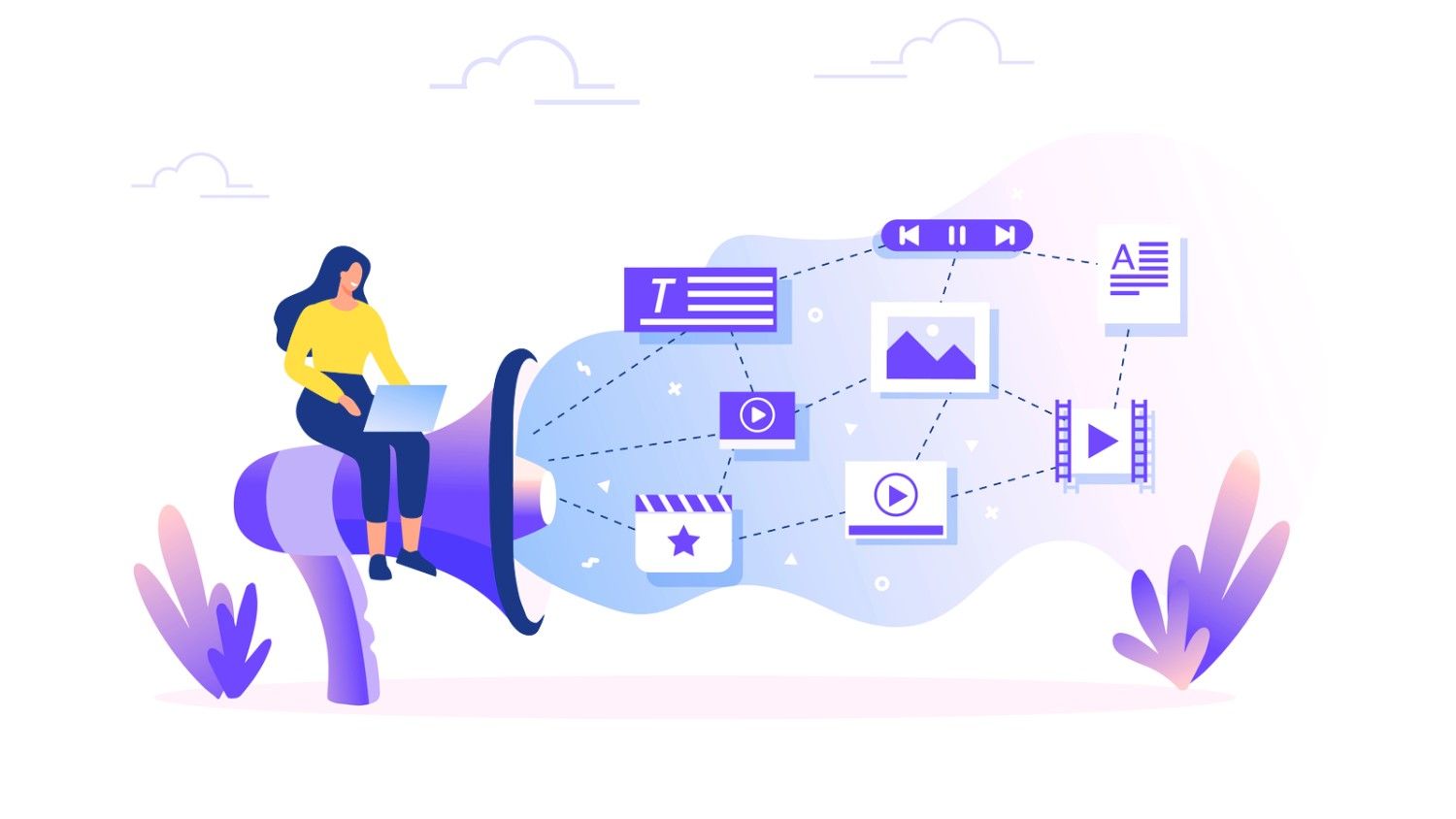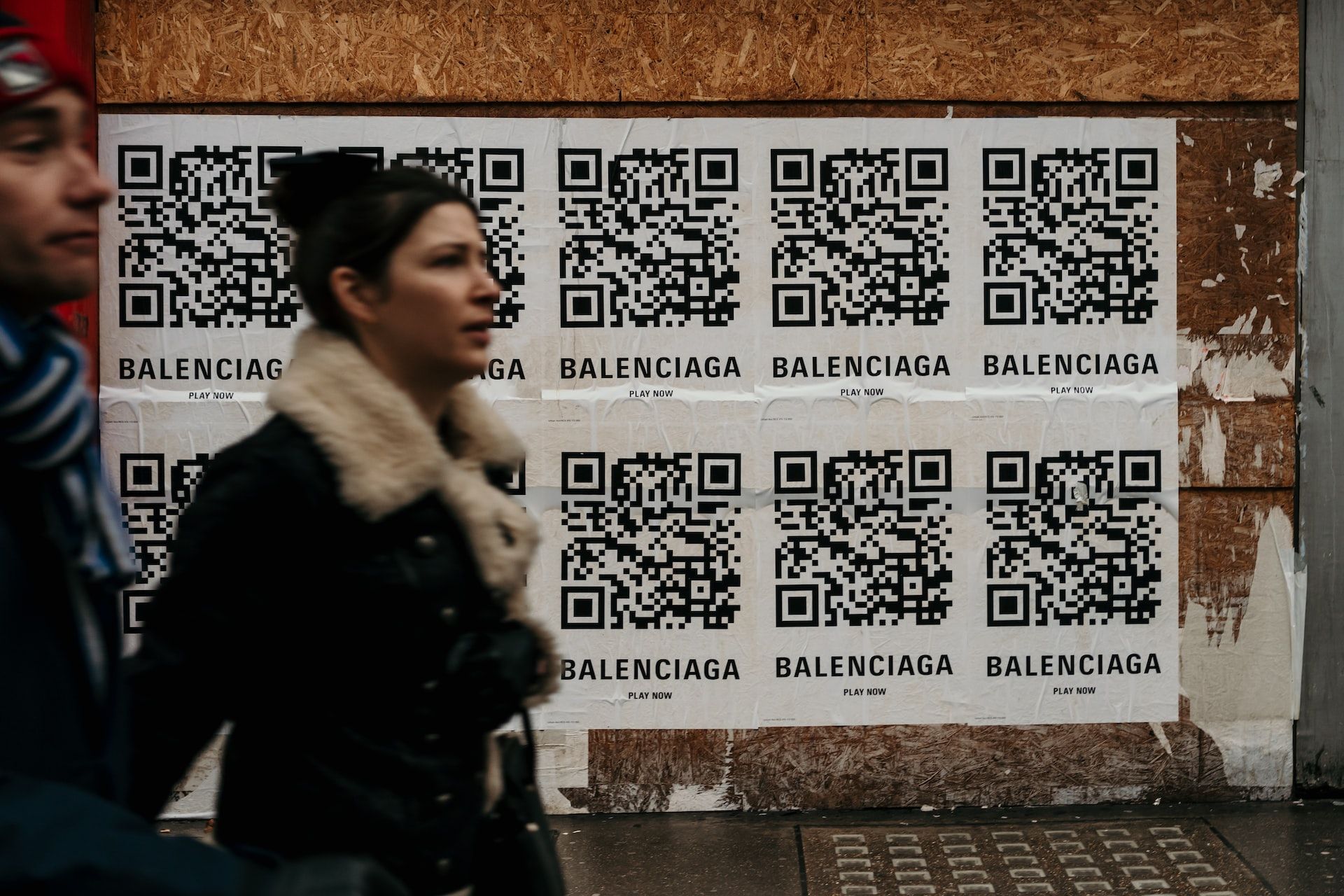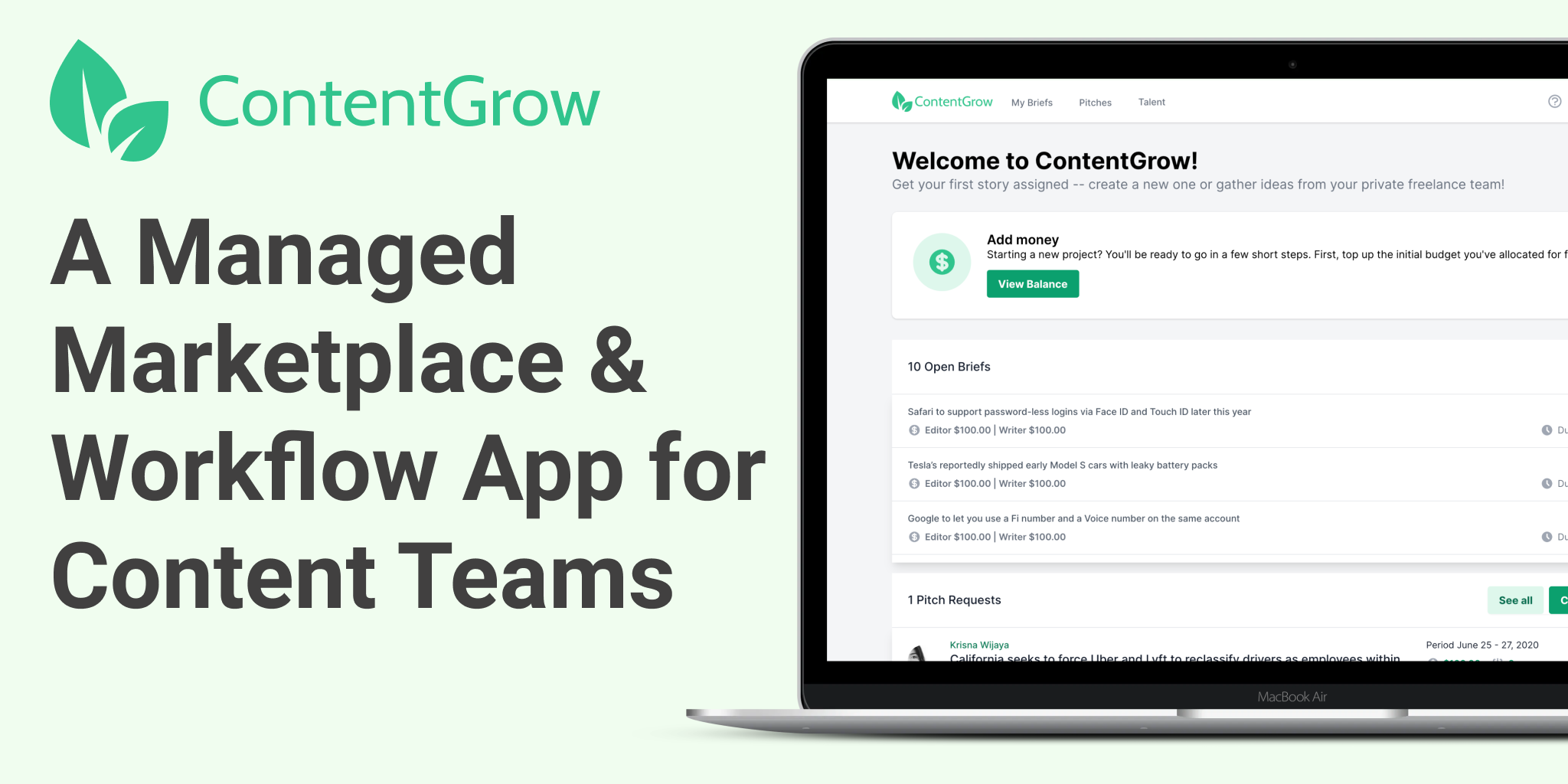Stop choosing between traditional & digital marketing—here's how to use both effectively
Digital marketing is everywhere, but it's not the only channel you have to boost your marketing efforts. Here are five benefits of combining both to give your business that edge.

Is traditional marketing still worth it in a world ruled by AI and digital ads? Instead of picking sides in the traditional vs digital marketing debate, many businesses use both to maximize their reach and efficiency. Here’s how you can do the same.
While digital marketing dominates today, traditional marketing still plays a big role in reaching different audiences.
Traditional marketing includes old-school methods like newspapers, print ads, direct mail, billboards, TV, and radio. Digital marketing, on the other hand, covers email marketing, content marketing, social media, and SEO.
Finding the right balance for your business is crucial to maximizing your marketing budget. Sometimes digital marketing is enough, especially for small businesses. But if you’ve got a physical presence, combining both can seriously boost your ROI.
According to Business.com, using both creates a mix of push and pull marketing. This means pushing your brand to people who aren’t actively looking for it while pulling in those who are searching for solutions.
Here’s how to merge traditional and digital marketing for real business impact.
💡 Pressed for time? Here’s what matters:
- Traditional vs digital marketing isn’t a choice—businesses that use both see higher reach, engagement, and ROI.
- Traditional marketing (TV, print, billboards) builds broad awareness, while digital marketing (social media, SEO, email) drives conversions.
- Using both together works best: Print ads with QR codes, TV ads with social media tie-ins, and radio ads with trackable URLs.
- Digital data improves traditional ads: Geotargeting helps billboard placements, online behavior informs TV ad scheduling, and search trends shape print campaigns.
- Tracking and automation help measure success: Promo codes in print ads, call tracking for radio and TV, and automated follow-ups for offline events.
- Start by evaluating your strategy: Understand your audience, track what works, and combine both marketing methods for a stronger impact.
How to merge traditional and digital marketing

Combining traditional and digital marketing requires understanding that both approaches function differently.
Traditional marketing focuses on broad audience reach, often through mass media, while digital marketing is more targeted and data-driven. Since both deliver different results, the success metrics will also differ.
Traditional marketing success is often measured by brand awareness, reach, and foot traffic, whereas digital marketing relies on engagement rates, conversions, and analytics.
Businesses can follow these steps to integrate both effectively:
- Align messaging across channels: Ensure branding, tone, and key messages remain consistent across both traditional and digital platforms to avoid mixed communication.
- Track engagement and results: Use tracking tools to measure responses from offline and online campaigns, ensuring both channels contribute effectively to business goals.
- Leverage digital insights for offline strategies: Use digital data to refine traditional marketing efforts, such as targeting billboard placements based on online search trends.
- Automate repetitive tasks: Utilize automation tools to coordinate marketing efforts, such as syncing email follow-ups with offline event attendance.
The following sections provide examples and explain the benefits of combining traditional and digital marketing.
Examples of combining traditional and digital marketing
Businesses are integrating traditional and digital marketing in different ways based on their industry, business size, and goals.
The implementation will vary depending on factors such as target audience, budget, and available resources.
Here are some practical applications:
- Tracking event attendance through QR codes: Use QR codes at events to track attendance and capture email leads.
- Offering both online and offline guides, whitepapers, or reports: Give customers the choice of digital or print formats to access information in their preferred way.
- Inviting influencers to in-person events: Boost visibility by featuring online influencers at offline events to create buzz and drive engagement.
- Showcasing online customer reviews in-store: Bridge the gap between digital feedback and physical locations by displaying online reviews in retail stores.
- Using local radio ads to boost your online presence: Increase direct website visits and local SEO rankings by mentioning website links and promotions in radio spots.
Benefit of combining traditional and digital marketing
1. Greater reach through traditional media supporting digital engagement

Traditional ads help get attention, while digital channels provide more ways to interact and convert customers.
How it works:
- Print ads with QR codes: A restaurant includes a QR code in its newspaper ad that links to an exclusive online menu with limited-time offers.
- TV ads with social media tie-ins: A brand promotes a hashtag in a TV commercial, encouraging viewers to engage on Instagram for a contest.
- Radio ads with custom URLs: A car dealership runs a radio ad directing listeners to a special online trade-in calculator.
This approach allows audiences to interact with the ad beyond its initial exposure, making engagement more trackable.
2. More precise targeting using digital data for traditional ads
Digital marketing data makes traditional advertising placements more effective and strategic.
How it works:
- Geotargeting for billboards: A retail brand analyzes Google Analytics data to identify high-traffic areas and places billboards accordingly.
- Print ads based on search trends: A local HVAC company sees increased searches for “winter heating tips” and runs a magazine ad promoting seasonal maintenance.
- TV ad scheduling based on online behavior: A streaming service buys TV ad slots during shows that trend among its online subscribers.
Leveraging digital insights makes traditional media placements more strategic and improves cost efficiency.
3. Stronger brand consistency across channels
A unified message across digital and traditional media improves brand recall and trust.
How it works:
- Matching visuals across channels: A fashion retailer ensures the color scheme, fonts, and slogans in its print ads match its Instagram campaigns.
- Hashtags in traditional media: A fitness brand includes its campaign hashtag in magazine ads to encourage user-generated content online.
- Cross-channel storytelling: A documentary release teases its trailer on billboards, links to an online behind-the-scenes clip, and follows up with a social media countdown.
Consistent messaging across platforms strengthens brand recall and increases engagement.
4. Better performance tracking for traditional marketing with digital tools
Traditional marketing impact is harder to track, but digital tools make it easier.
How it works:
- Promo codes in print ads: A clothing brand offers a discount with a code exclusive to magazine readers, measuring sales directly from that campaign.
- Foot traffic tracking via online ads: A coffee shop runs a geotargeted ad online and measures in-store visits from people who saw it.
- Call tracking for radio and TV: A law firm uses different phone numbers for each ad channel to track lead sources.
Integrating digital tracking with traditional campaigns helps businesses measure their effectiveness more accurately.
5. Efficiency and automation across both marketing methods
Marketing automation helps streamline both traditional and digital marketing efforts, reducing manual work and improving efficiency.
Platforms like HubSpot allow businesses to automate tasks such as lead generation, nurturing, and customer segmentation, making it easier to manage campaigns across multiple channels.
How it works:
- Syncing social media with traditional ads: A movie studio schedules social media posts to coincide with its TV ad premieres.
- AI-powered CRM tracking: A car brand tracks showroom visits and follows up with automated email offers.
- Automated email follow-ups for in-person events: A conference sends attendees an email summary with links to speaker presentations.
Automation streamlines marketing efforts, reducing manual work and ensuring consistency.
Where to start?
Before integrating both approaches, take a step back and analyze:
- Are your current marketing efforts bringing in solid ROI?
- Do you understand your audience and what works for them?
- Would combining both methods align with your business goals?
A proper evaluation ensures you’re making smart, data-driven marketing decisions.
FAQs
How do you effectively combine digital and traditional marketing?
Use traditional ads to drive traffic to digital platforms and leverage online data to fine-tune offline campaigns. Keeping brand messaging consistent across both channels is key.
How does digital marketing enhance traditional marketing?
Digital marketing helps traditional efforts by providing better audience targeting, real-time tracking, and automation, making offline campaigns more efficient.
How do traditional and digital marketing work together?
Traditional media builds brand awareness, while digital marketing drives engagement and direct conversions. Together, they create a seamless marketing strategy.
What’s the synergy between traditional and digital marketing?
Traditional marketing grabs broad attention, while digital marketing keeps the audience engaged through personalization and follow-ups.
What are the advantages of traditional vs digital marketing?
Traditional marketing is great for brand awareness and trust-building, while digital marketing is more cost-effective, measurable, and precise in targeting.





